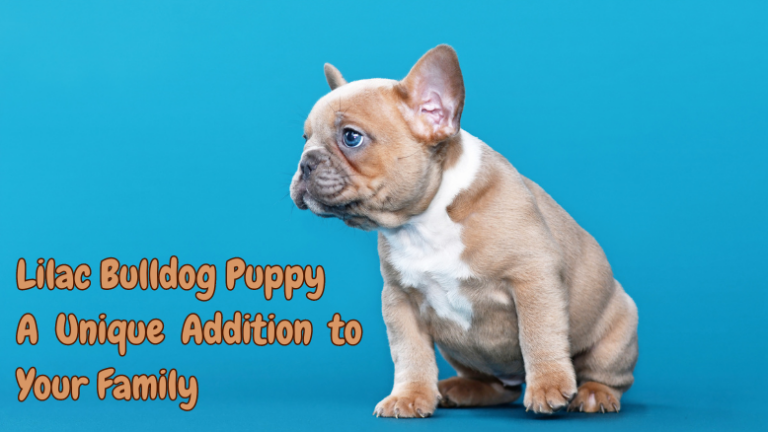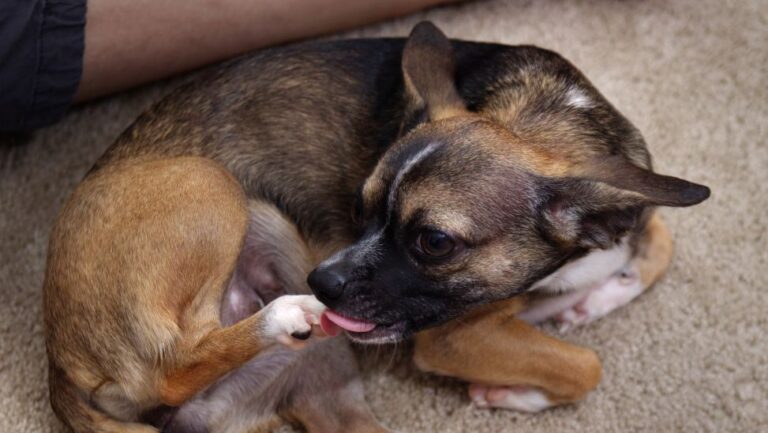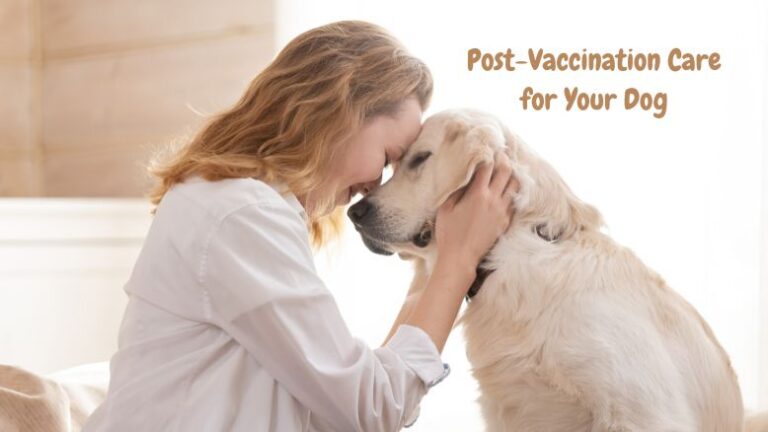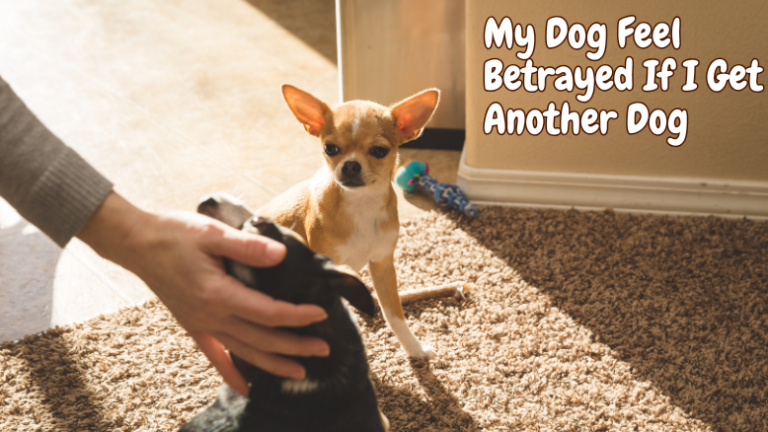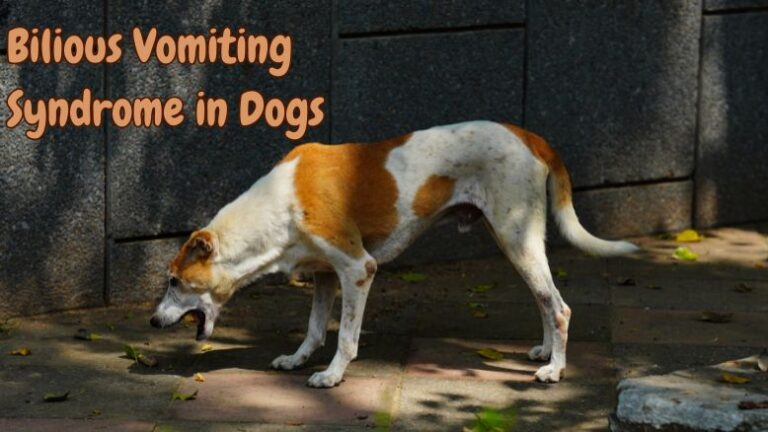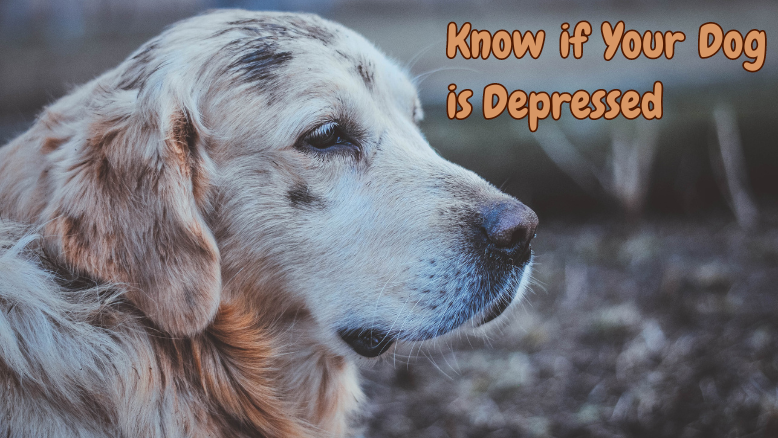
Dogs, like humans, can have periods of depression. How to Know if Your Dog is Depressed? identifying the signs early can help pet owners provide the care they need to improve their dog’s emotional well-being.
It is important to understand the subtle and not-so-subtle signs that your dog is experiencing emotional distress. Below, we explore the most common signs of depression in dogs and the steps you can take to help them.
Common Signs of Depression in Dogs
Changes in Eating Habits
One indicator of depression in dogs is a dramatic change in eating habits. A depressed dog may lose interest in food and have a severely reduced appetite, resulting in significant weight loss.
On the other hand, some dogs overeat as a way to cool off, leading to unwanted weight gain. Monitoring your dog’s eating habits is important.
If your dog stops eating or shows displeasure with treats, it could be a sign of underlying emotional distress.
Lack of Energy or Enthusiasm
Another sign of depression in dogs is a lack of energy or enthusiasm. If your once energetic and playful dog suddenly becomes lethargic, shows little or no interest in activities he once enjoyed, or prefers to sit quietly, maybe dogs experiencing emotional exhaustion that can come from depression will avoid playtime, walks, and even contact with loved ones’ play toys.
This sudden lack of interest in normal activities is a strong indicator that your dog is struggling emotionally.
Excessive Sleeping or Restlessness
While sleeping too much is normal for dogs, especially as they get older, sleeping too much can be a red flag for depression. Distressed dogs sleep more than usual and often seek secluded places to rest or have no stimulus to wake up.
In contrast, some dogs may exhibit the opposite behavior—restlessness. They have difficulty settling in, moving in, or finding comfort in familiar surroundings. Excessive sleepiness and restlessness are signs that your dog is not in an emotionally stable state
Withdrawing from Social Interaction
Depression in dogs often manifests itself through social withdrawal. A dog that is full of love and enjoys human company may begin to withdraw. They may withdraw into isolated areas, avoid eye contact, or interact with family members.
They also avoid contact with other dogs, preferring solitude to protection. This emotional withdrawal is often a direct reflection of how the dog is feeling inside and should not be ignored.
Behavioral Changes
Unusual behavioral changes are another key indicator that your dog may be experiencing depression. You may notice that your dog suddenly becomes irritable, aggressive, and aggressive toward family members or other pets.
Conversely, they may be overly submissive or express unwarranted fear and anxiety. Any noticeable change in your dog’s temperament or behavior can be associated with emotional distress, and it’s important to address these changes quickly
How to Help a Depressed Dog
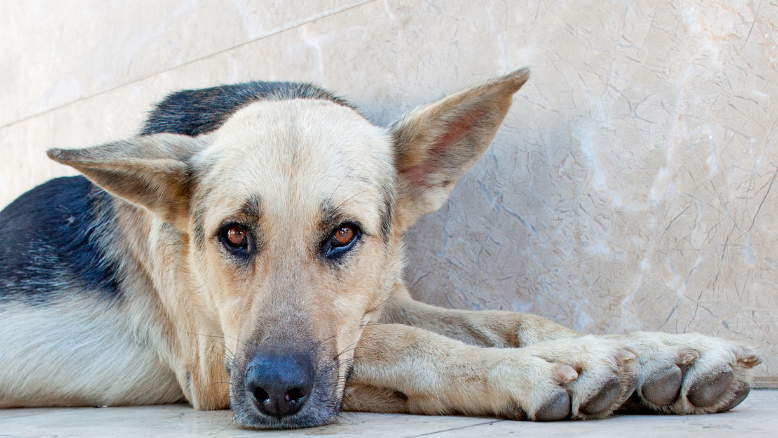
Understanding how to help your dog recover from depression is as important as recognizing the signs. Compassion and proactive care are vital to your dog’s emotional healing process.
Increase Physical Activity
Like humans, dogs benefit greatly from exercise when it comes to improving their mood. Walking, playing, and going to the gym regularly not only stimulates your dog physically but also helps increase serotonin levels, which is known to improve emotional well-being By encouraging your dog to be engaged in the exercise, you can regain normal and happy to carry on with their daily routine. If your dog doesn’t like it, starting a fun walk or retrieval game can slowly rekindle their interest.
Create a Safe and Comforting Environment
Distressed dogs often need a sense of security and safety. Creating a calm, stress-free environment can help ease their emotional distress.
This includes providing a comfortable space to relax, away from loud noises or interruptions. Providing a soft bed, favorite toys and a consistent routine can make your dog feel more secure. Consistency and familiarity help your dog regain emotional balance.
Spend Quality Time with Your Dog
Dogs are very social animals, and it’s important to spend quality time with them when they’re experiencing emotional challenges.
Even if your dog seems uncomfortable, cuddling, talking, or just sitting on the sidelines can provide emotional support.
Your presence will be comforting, and you can slowly become more accepting of your dog’s interactions. Make time for one-on-one bonding activities each day, even if it’s just a gentle walk or a relaxing hug.
Consider Mental Stimulation
Cognitive stimulation can be as important as physical exercise in managing depression in dogs. Interactive toys, puzzles, or training exercises can distract your dog and distract him from feelings of distress.
Keeping your dog psyched can help build self-confidence and reduce symptoms of depression. By providing new challenges or teaching new techniques, you encourage positive behavior and emotional strength.
Consult a Veterinarian
If depression persists despite efforts to improve your dog’s mood, it may be time to see a veterinarian. Depression in dogs can sometimes be associated with underlying health issues or hormonal imbalances.
A veterinarian can perform a comprehensive examination to rule out medical causes and recommend treatments such as medications or therapies to help maintain your dog’s emotional health Professional counseling ensures that your dog receives care if best for their specific needs.
Conclusion
Depression in dogs is a serious issue that needs immediate attention. If you notice signs of emotional distress—such as changes in eating habits, fatigue, oversleeping, social withdrawal, and behavioral changes—you can take steps to help your dog on its own buy it Increased exercise, a safe environment, quality time together, and creating psychological stimulation are all effective ways to improve your dog’s emotional well-being If it the need to visit a veterinarian will ensure that your dog receives comprehensive care.
FAQ
What Are the Long-Term Effects of Untreated Depression in Dogs?
If untreated, dog depression can lead to other health issues such as weight loss, weakened immune system, or destructive behaviors. Seeking timely help is essential.
Do Dogs Recover from Depression Naturally?
Introducing a new pet can sometimes help, but it depends on the dog’s personality. Some may enjoy the companionship, while others might need more time to adjust.
How Can I Help My Depressed Dog?
Providing extra attention, more walks, playtime, mental stimulation, and, if needed, consulting a vet can help uplift your dog’s mood.
What Can Cause Depression in Dogs?
Major causes include changes in the environment, loss of a family member or pet, illness, or lack of physical activity and mental stimulation.
Can Dogs Get Depressed Like Humans?
Yes, dogs can experience depression, often triggered by life changes, loss of a companion, or a lack of stimulation.
How Can I Tell If My Dog Is Depressed or Just Tired?
A depressed dog may show ongoing behavioral changes, such as withdrawal from social interaction, while a tired dog usually returns to normal after resting.

